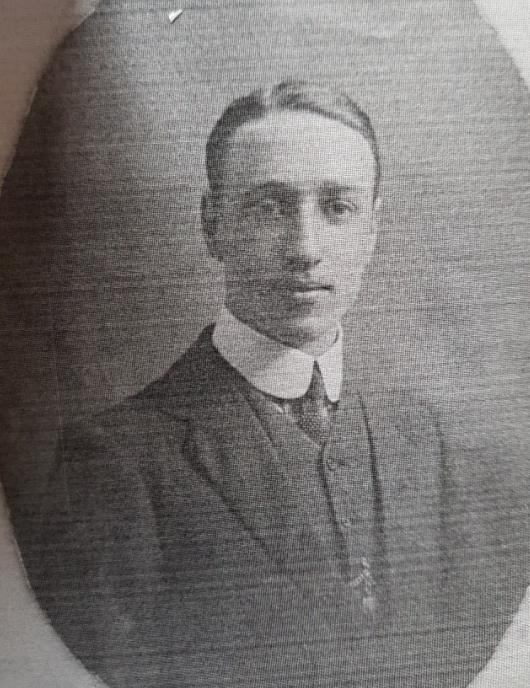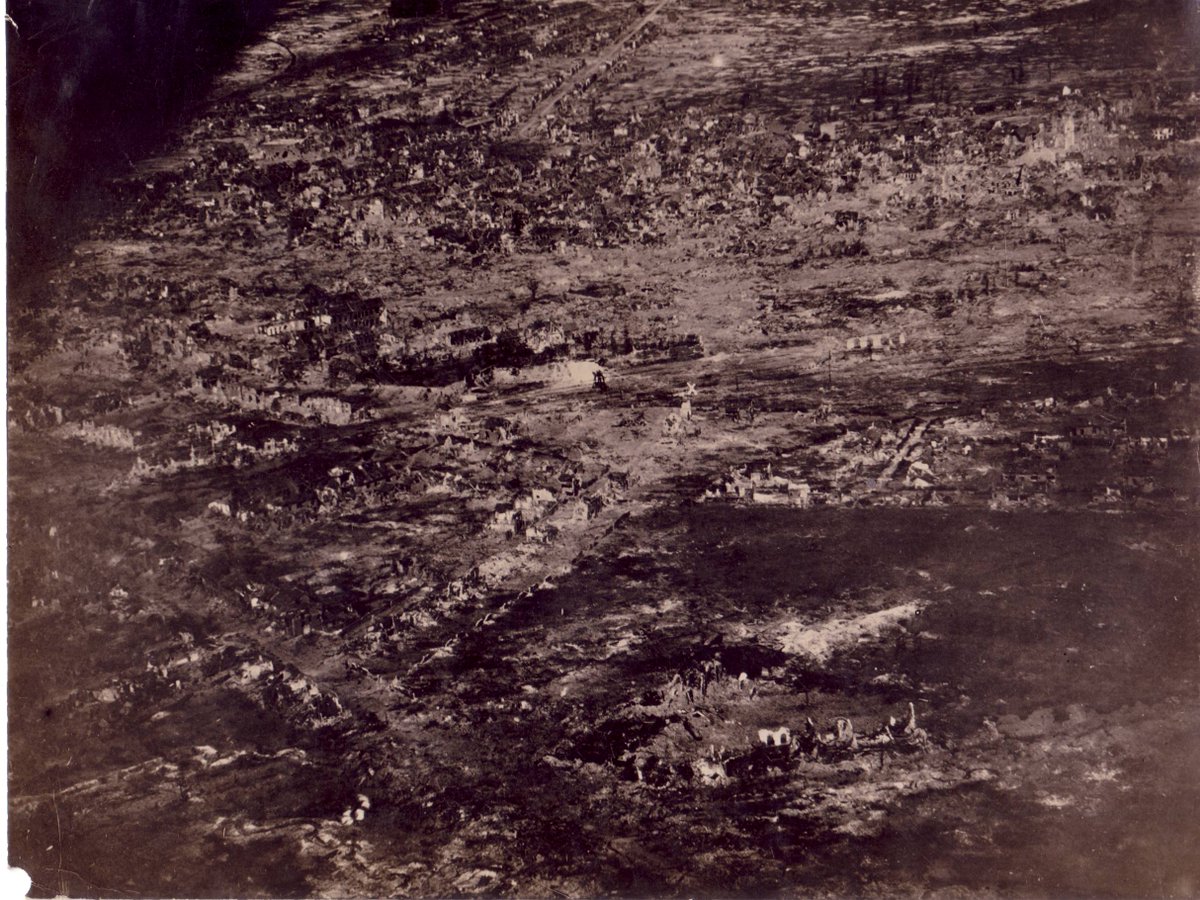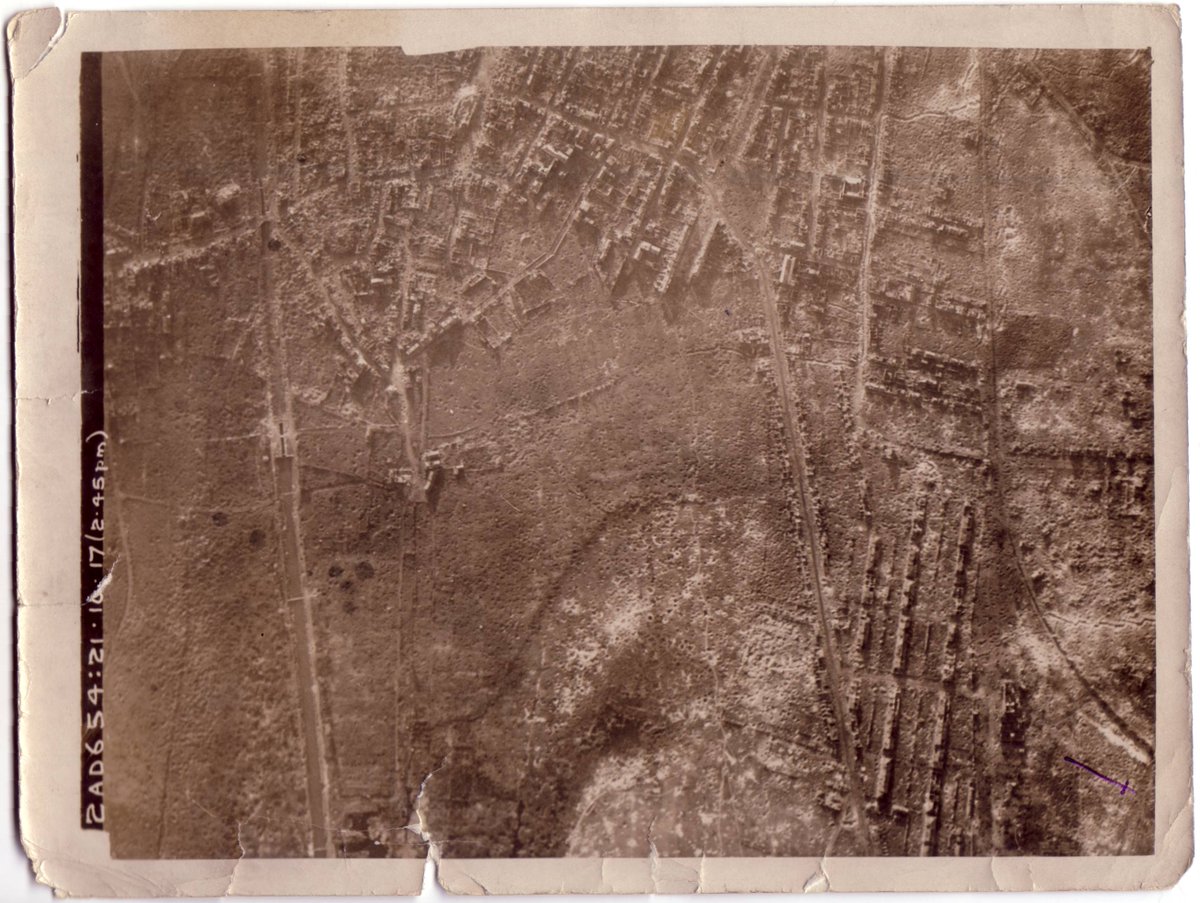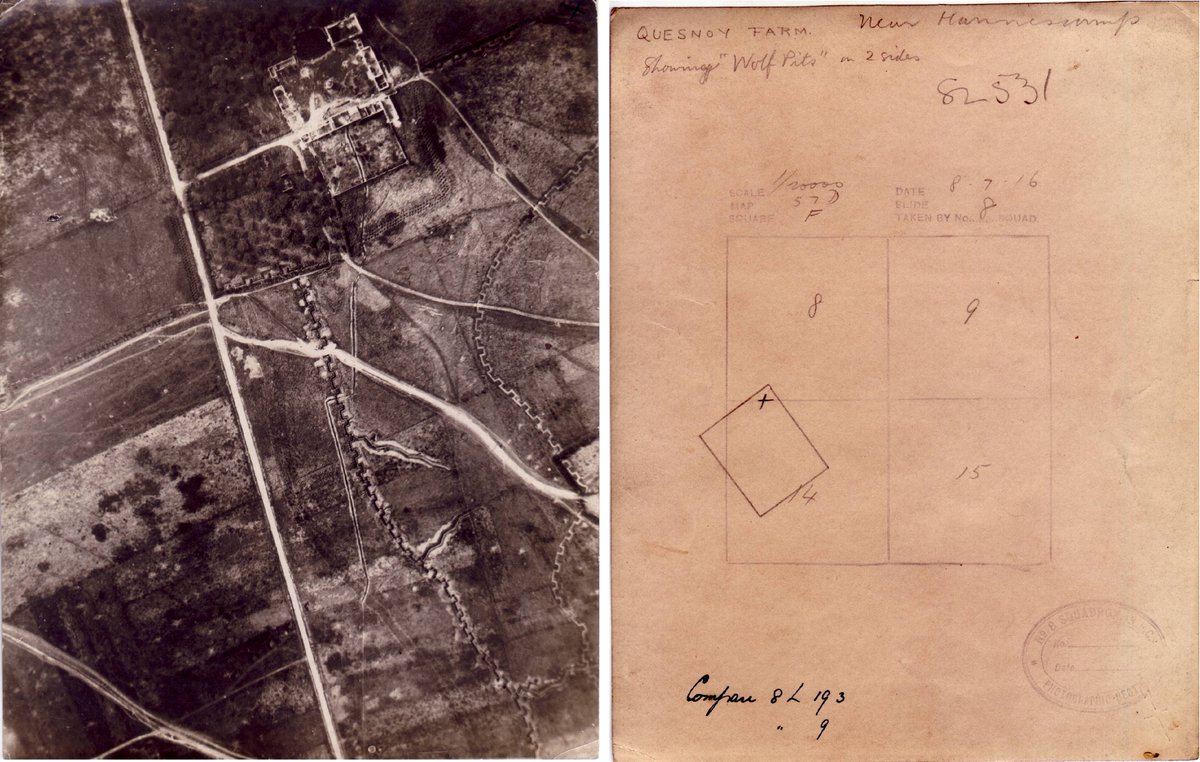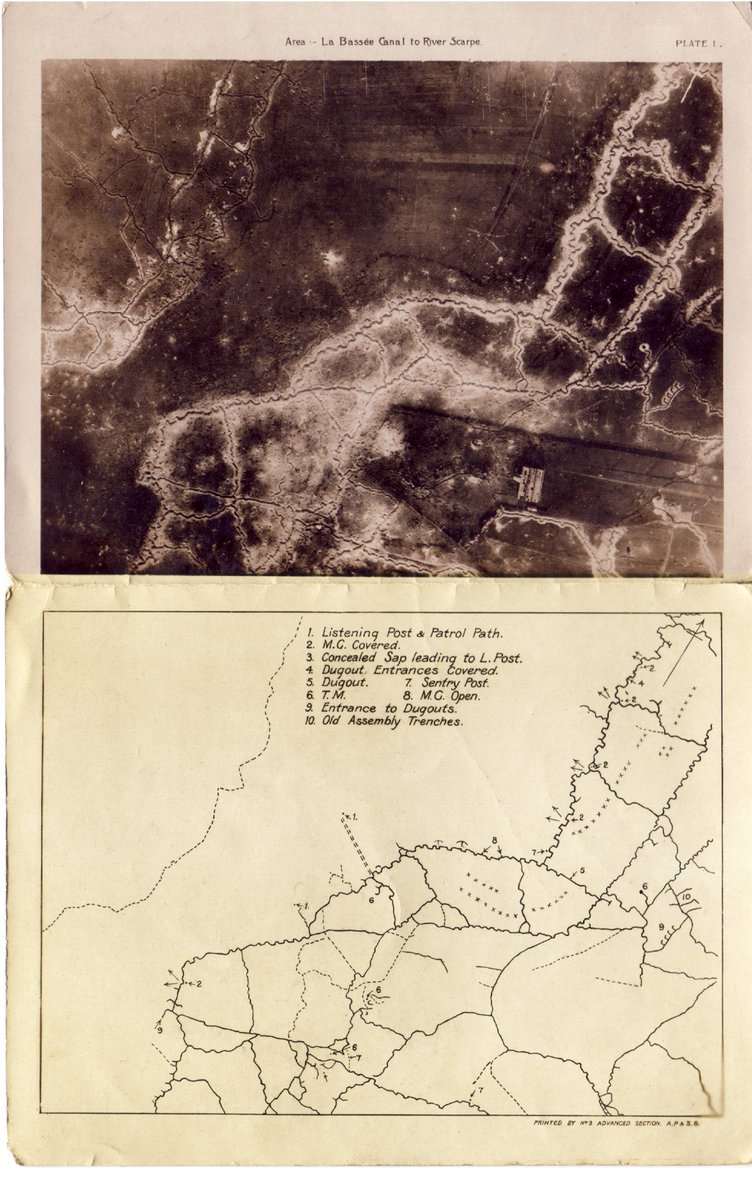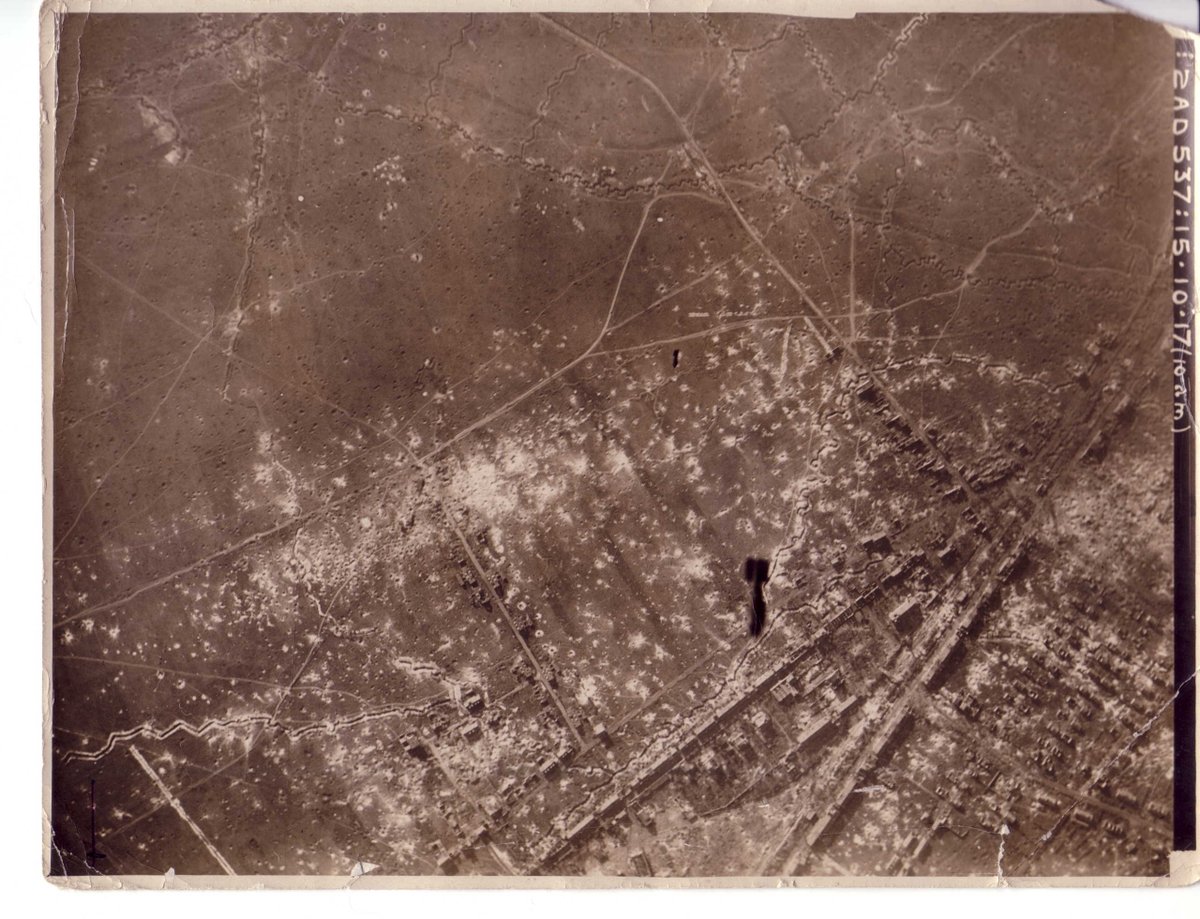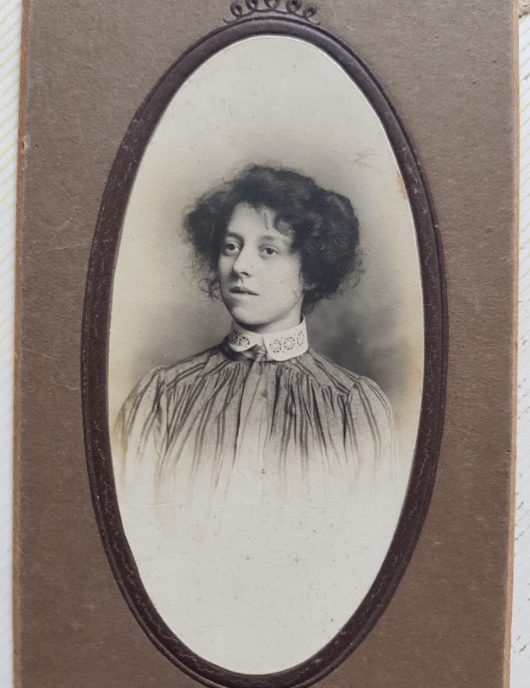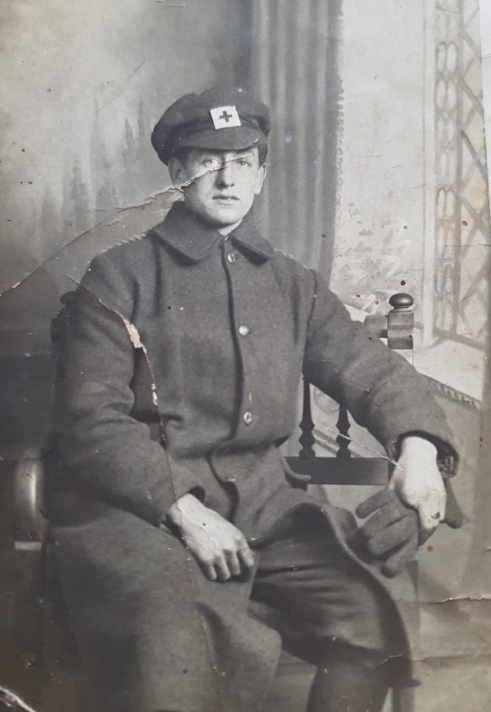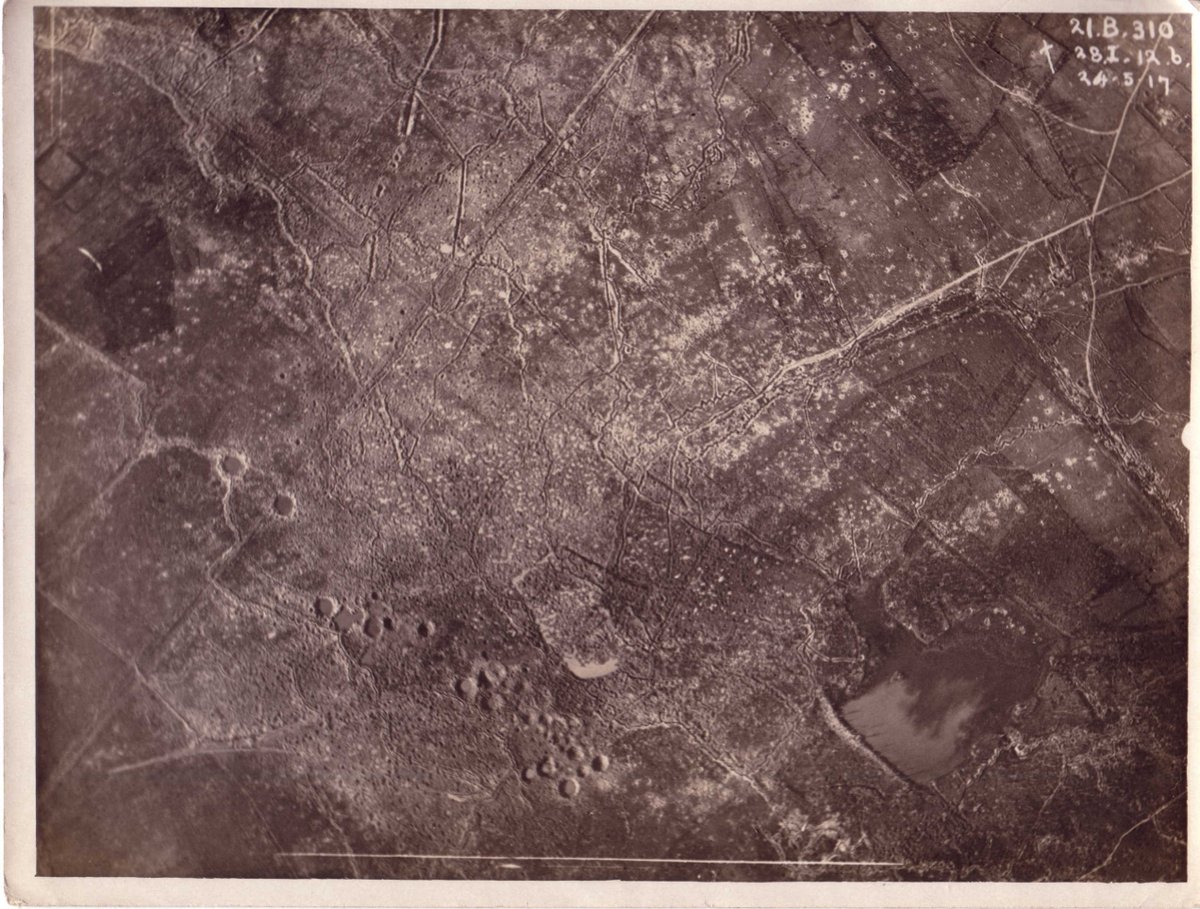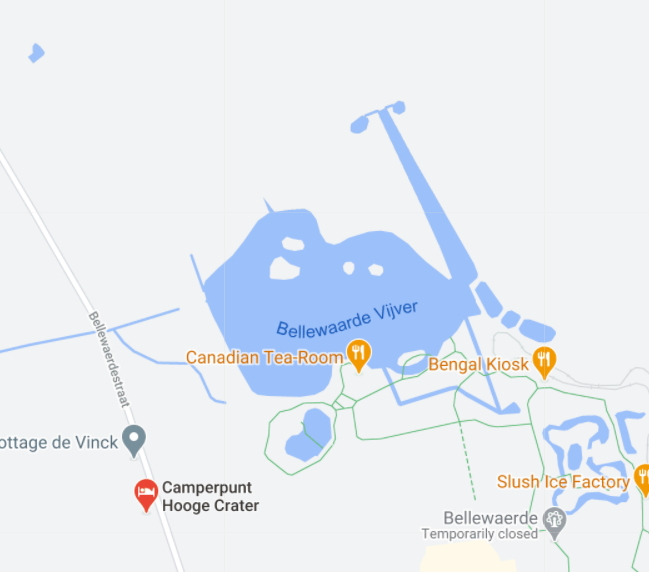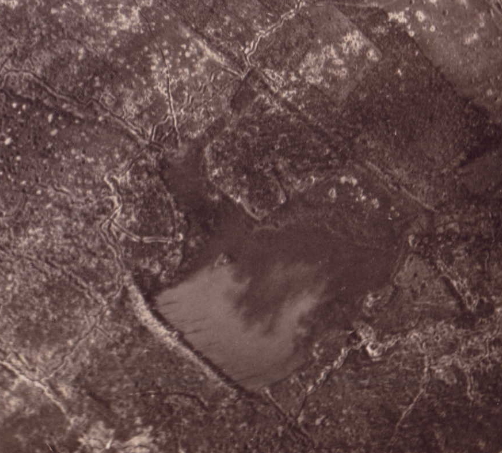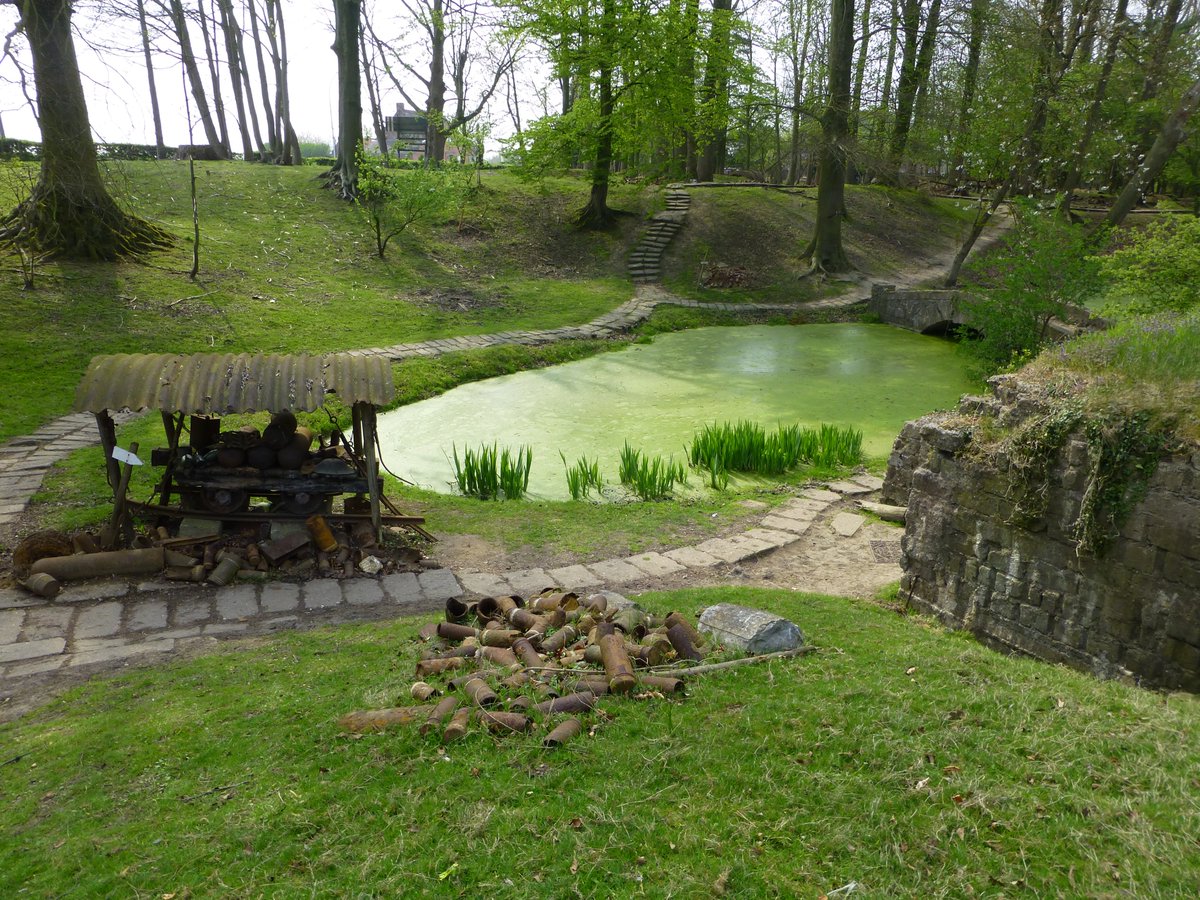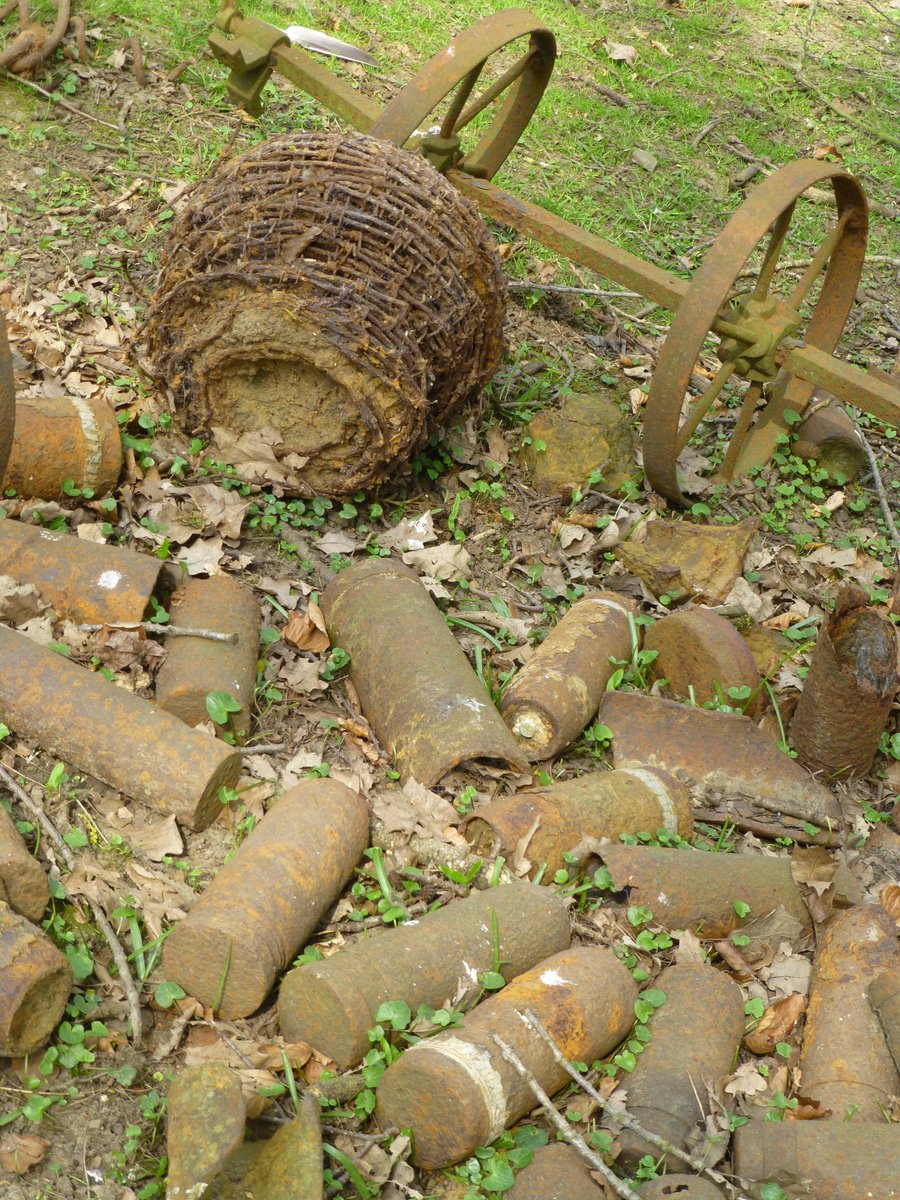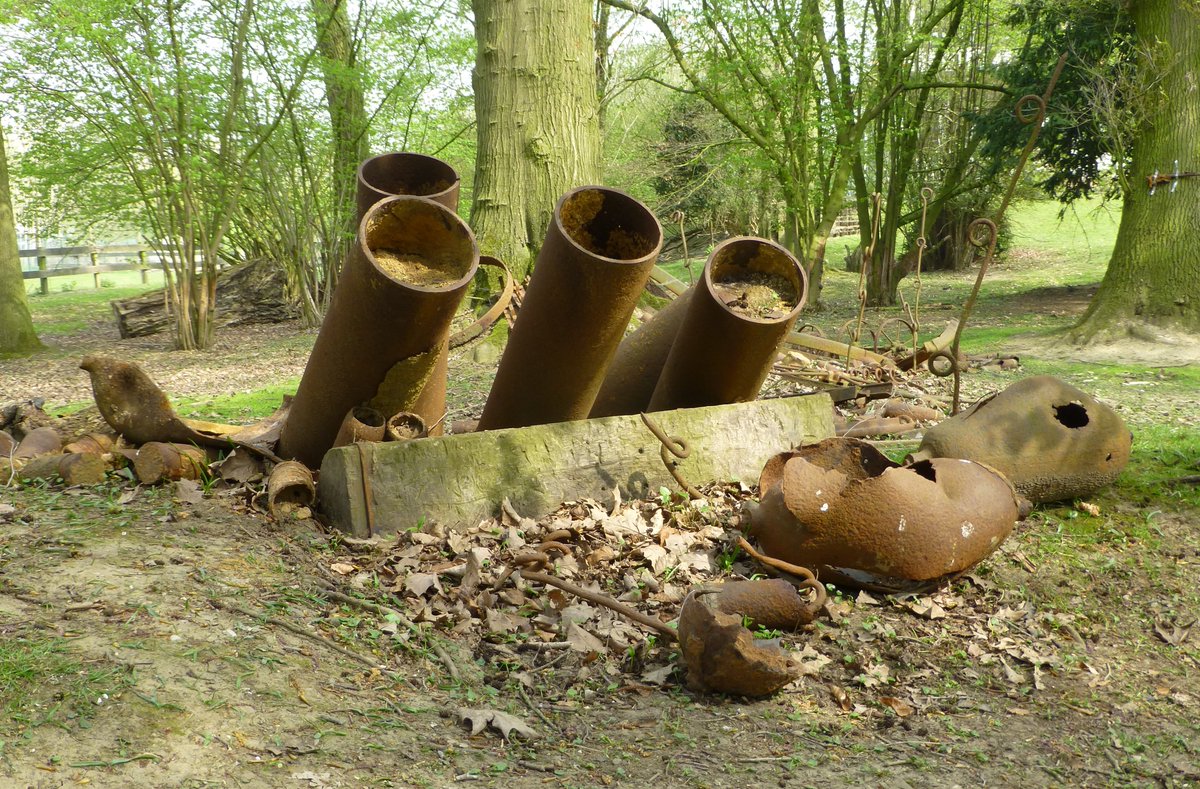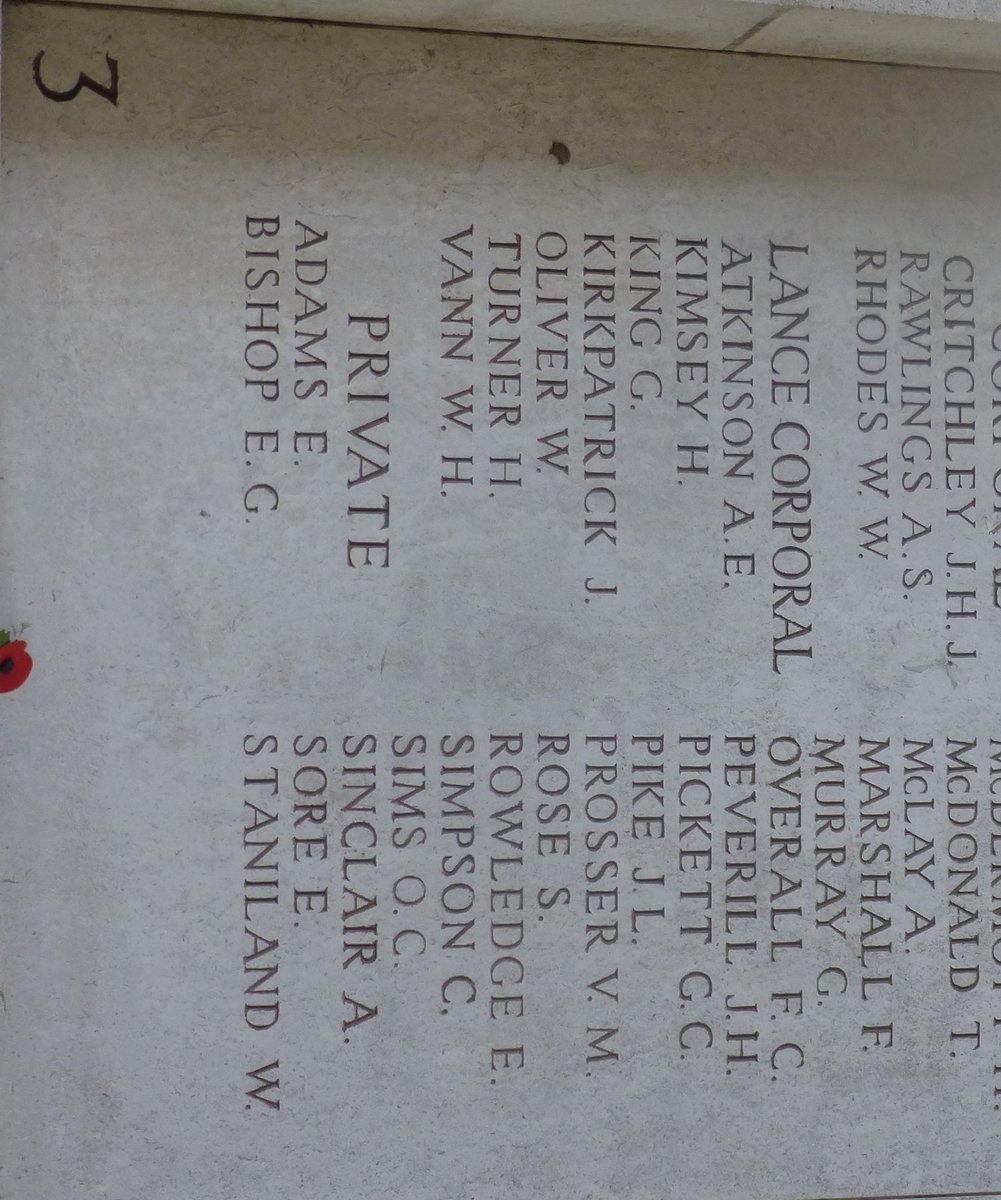This is my (long) Remembrance day thread. Bare with me. After a clear out at home I re-discovered a disc of old scanned photos. I was so pleased to find the disk, which was thought lost.
My great grandfather, Henry Mitchell, worked for a surveyors and architects in peacetime but joined up in WW1 and served in the Royal Engineers in the cartography section.
Henry had kept some photos and maps from that time. My mum donated them to @I_W_M about 15 years ago but before she did we took scans. Some have interesting subjects, while others are more personal for our family.
Some, like these from Lens, show the absolute devastation that the war had on cities. I cannot imagine what living in these places must have been like, or how people survived.
Others show the weirdly orderly shape of trenches from above, cutting through the land like crenellations on a castle wall.
This incredible photo shows the combined early air corps activities with aerial photography showing the dropping bombs
But the most significant photos for my family relate to Ypres and Hooge. This is part of a panorama from Ypres.
Henry was married to Rose. Rose, from Southwark (who lived just a stones’ throw from my uni), was a milliner and hat factory forewoman. I’m told whenever she bought a hat she’d take it apart and ‘fix’ it.
Rose had several brothers who worked during WW1 as sailors, firefighters, and one who was in the American Red Cross.
Rose’s younger brother Frank served in WW1 in the Dragoon guards. Fighting in and around Ypres. Frank was killed in action at Hooge at the start of June 1915, 2 weeks short of his 21st birthday.
Hooge is infamous for being the home of the “flammenwerfers” where German forces used flame throwers in July 2015. It is small consolation to me that Frank never underwent that weapon.
As I looked through photos in our Ypres collection, I noticed a distinctive body of water. I decided to look at googlemaps and try to see if I could see that shape.
It didn’t actually take that long, and I was a little shocked to discover the picture is of Hooge. The body of water is the Hooge crater; the other reason Hooge is infamous.
I visited Hooge with my husband and our friend Nick back in 2015. At first look the space is quite lovely. It has a pretty tearoom next to a large picturesque pond.
But look a little closer and things become far more eerie. The space is littered with not just barbed wire but ordnance.
There are even vessels that would have released gas to poison troops in their trenches when the wind was blowing in the 'right' direction (we have the famous chemist Haber for that invention).
The body of water itself is not a natural pond at all, but is in fact a crater made when British engineers undermined the Germans, and explosives were set off beneath the trenches. Again this happened in July 1915.
The Hooge crater cemetery is across the road from the crater. Frank is not buried here. His body was never found. His name instead is inscribed on the Menin gate in Ypres.
I have so many questions. Henry joined up at the end of 2015. I wonder if Frank’s death, or family opinion, had an influence on that? Did Henry mean to get the pictures around Ypres and Hooge, or is it by chance that he acquired photos of that site?
Did Rose know about the photos? Did she know what they were of? Did she ever see the photos of the place where her brother died? Could she have stood to look at them? Here I have only questions that will never be answered.
World War 1 affected so many families in so many interconnecting way. So many stories have been lost but we can remember what those in wartime did for us, the sacrifice made by those who gave their lives, and the horror and loss that war brings. Let’s strive for peace.

 Read on Twitter
Read on Twitter